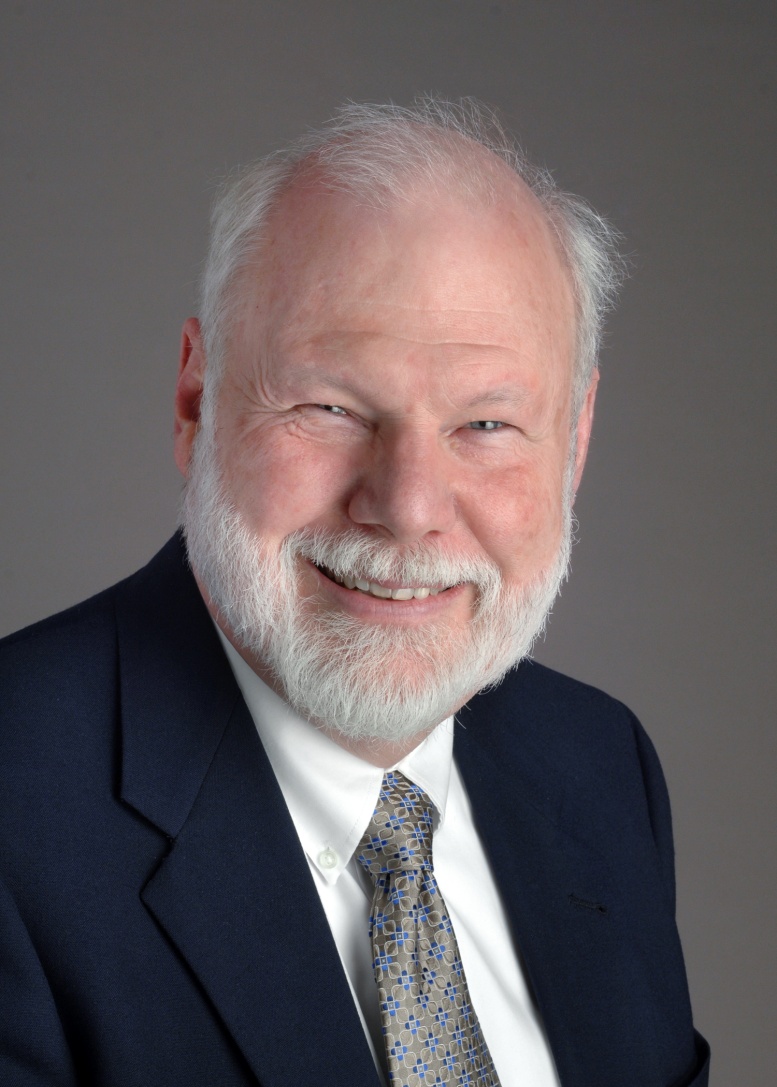
Keynote Speaker
We are pleased to announce that our opening Keynote Lecture will be presented by Jack Uetrecht, MD, PhD.
 Dr. Uetrecht received his Ph.D. in organic chemistry from Cornell University, his M.D. at Ohio State University and did his internal medical residency at the University of Kansas Medical Center. He completed his clinical pharmacology fellowship in 1981 at Vanderbilt University and moved to the University of Toronto in 1985, where he is currently Professor of Pharmacy and Medicine and the Canada Research Chair in Adverse Drug Reactions at the University of Toronto. Dr. Uetrecht is on the editorial boards of Chemical Research in Toxicology, Current Drug Metabolism, Drug Metabolism Reviews, Expert Opinion on Drug Metabolism and Toxicology, and Drug Metabolism Letters. He chaired the Health Canada Scientific Advisory Panel for Hepatotoxicity, and has appeared before the FDA and the EMA on several occasions. He received the Janssen-Ortho Research Award in 2001, the McEwan Lectureship in 2007, and is a Fellow of the Canadian Academy of Health Sciences. His research program is focused on understanding the mechanisms of idiosyncratic drug reactions.
Dr. Uetrecht received his Ph.D. in organic chemistry from Cornell University, his M.D. at Ohio State University and did his internal medical residency at the University of Kansas Medical Center. He completed his clinical pharmacology fellowship in 1981 at Vanderbilt University and moved to the University of Toronto in 1985, where he is currently Professor of Pharmacy and Medicine and the Canada Research Chair in Adverse Drug Reactions at the University of Toronto. Dr. Uetrecht is on the editorial boards of Chemical Research in Toxicology, Current Drug Metabolism, Drug Metabolism Reviews, Expert Opinion on Drug Metabolism and Toxicology, and Drug Metabolism Letters. He chaired the Health Canada Scientific Advisory Panel for Hepatotoxicity, and has appeared before the FDA and the EMA on several occasions. He received the Janssen-Ortho Research Award in 2001, the McEwan Lectureship in 2007, and is a Fellow of the Canadian Academy of Health Sciences. His research program is focused on understanding the mechanisms of idiosyncratic drug reactions.
Dr. Uetrecht's Keynote Lecture is entitled "Why are Aromatic Amines and Hydrazines Structural Alerts for Drug Development?"
Detailed Program
Friday, October 4th - Afternoon
12:00 |
Registration Open |
13:00 - 13:15 |
Opening Welcome |
13:15 - 14:00 |
Keynote Lecture |
14:00 - 14:45 |
Perspectives Lecture |
14:45 - 15:15 |
Refreshment Break |
15:15 - 17:15 |
Session I: NAT Pharmacogenetics, Polymorphisms and Disease Risk
|
15:15 - 15:45 |
David Hein, University of Louisville, Louisville KY, USA |
15:45 - 16:15 |
Klaus Golka, Leibnitz Research Center, Dortmund, Germany |
16:15 - 16:45 |
Raul Salazar-Gonzalez, UASLP, Mexico |
16:45 - 17:15 |
Mark Doll, University of Louisville, Louisville, KY, USA |
17:15 - 18:00 |
Session II: Update on NAT Gene Nomenclature |
18:00 |
Opening Reception |
Saturday, October 5th - Morning
08:30 - 09:00 |
Buffet Breakfast |
09:00 - 10:30 |
Session III: Metabolism and Toxicity of Aromatic Amines I |
09:00 - 09:30 |
Daniel Hanna, University of Toronto, Toronto, Canada |
09:30 - 10:00 |
Marcus Stepp, University of Louisville, Louisville KY, USA |
10:00 - 10:30 |
Imir Metushi, University of Toronto, Toronto, Canada |
10:30 - 11:00 |
Refreshment Break |
11:00 - 12:30 |
Session IV: Novel Functions of NAT Proteins
|
11:00 - 11:30 |
James Egleton, University of Oxford, Oxford, UK |
11:30 - 12:00 |
Katey Witham, University of Queensland, Brisbane, Australia |
12:00 - 12:30 |
Edith Sim, University of Kingston, Kingston, UK |
12:30 - 13:30 |
Lunch and Posters |
Saturday, October 5th - Afternoon
13:30 - 15:30 |
Session V: NAT Structure-Function Relationships
|
13:30 - 14:00 |
Neville Butcher, University of Queensland, Brisbane, Australia |
14:00 - 14:30 |
Rodney Minchin, University of Queensland, Brisbane, Australia |
14:30 - 15:00 |
Edith Sim, University of Kingston, Kingston, UK |
15:00 - 15:30 |
Fernando Rodrigues-Lima, University of Paris Diderot, Paris, France |
15:30 - 16:00 |
Refreshment Break |
16:00 - 17:30 |
Session VI: Functions and Regulation of Mammalian NAT Enzymes |
16:00 - 16:30 |
Sotiria Boukouvala, Democritus University of Thrace, Alexandroupolis, Greece |
16:30 - 17:00 |
Andrew Paterson, Hospital for Sick Children, Toronto, Canada |
17:00 - 17:30 |
Brunhilde Blomeke, University of Trier, Trier, Germany |
18:00 - 21:00 |
Workshop Dinner |
Sunday, October 6th - Morning
08:00 - 08:30 |
Breakfast |
08:30 - 10:00 |
Session VII: NAT in Microorganisms |
08:30 - 09:00 |
Sotiria Boukouvala, Democritus University of Thrace, Alexandroupolis, Greece |
09:00 - 09:30 |
Areej Abuhammad, University of Oxford, Oxford, UK |
09:30 - 10:00 |
Jean-Marie Dupret, University of Paris Diderot, Paris, France |
10:00 - 10:30 |
Refreshment Break |
10:30 - 12:30 |
Session VIII: Metabolism and Toxicity of Aromatic Amines II |
10:30 - 11:00 |
Shuang Wang, University of Toronto, Toronto, Canada |
11:00 - 11:30 |
Florent Busi, University of Paris Diderot, Paris, France |
11:30 - 12:00 |
Winnie Ng, University of Toronto, Toronto, Canada |
12:00 - 12:30 |
Samantha Carlisle, University of Louisville, Louisville, KY, USA |
12:30 |
Close of Workshop |